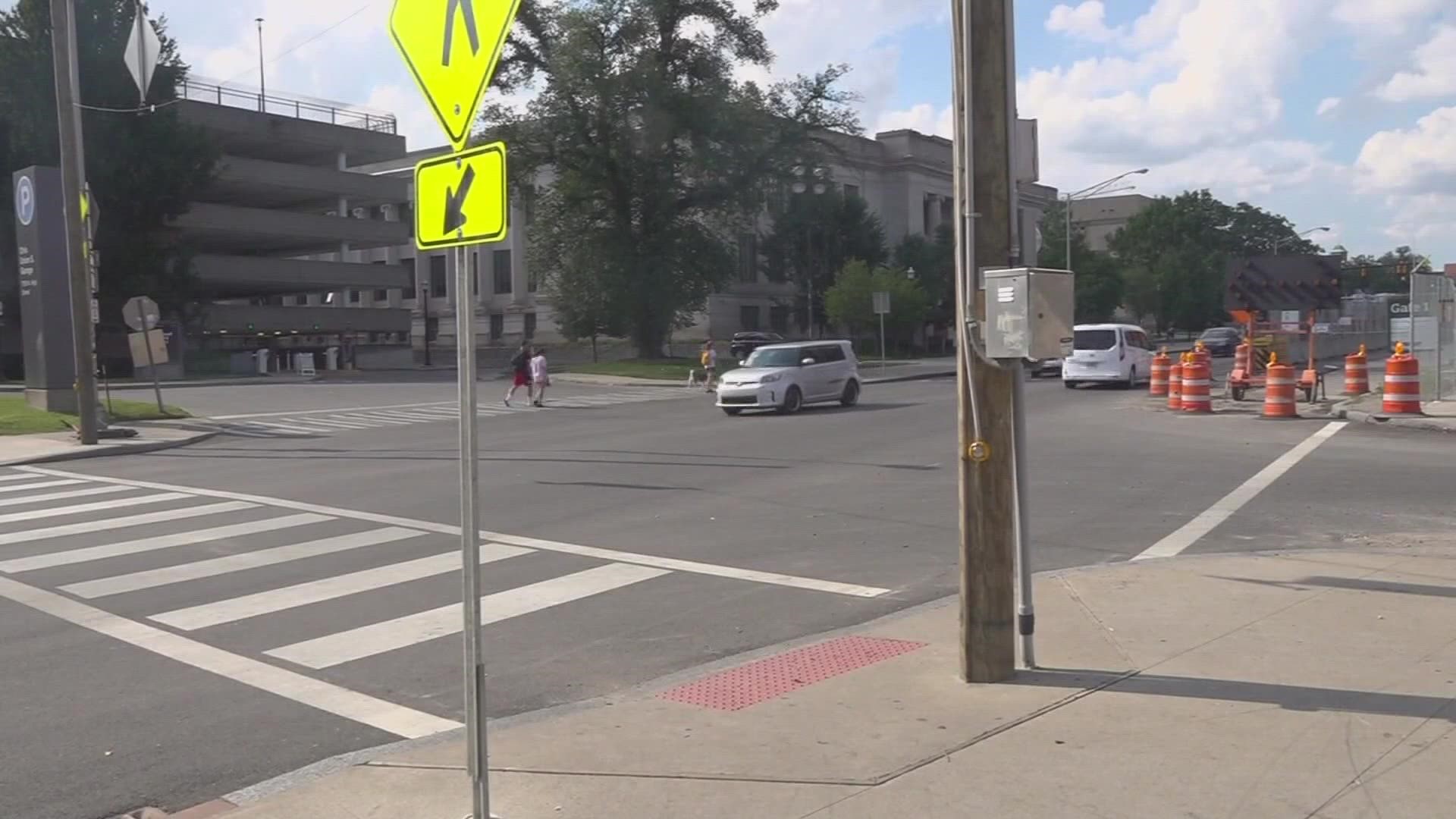COLUMBUS, Ohio — Central Ohio has a lot of walkable communities with a lot of intersections.
That’s where our more vulnerable road users, pedestrians, are at all times of the day.
According to the Ohio State Highway Patrol, between 2017 and 2021, there were almost 14,500 pedestrian-related traffic crashes in Ohio.
Now, OSU professors from the College of Engineering are working on an app to keep these pedestrian crashes from happening.
After working with the City of Marysville and observing data from one of their smart intersections, these professors, including Professor Levent Guvenc, Ph.D. who teaches mechanical and aerospace engineering, noted pedestrians' movements can be quick and unpredictable, and they are often hard to see.
They asked themselves how could drivers be alerted to pedestrians without necessarily needing to see them first.
That’s where their app development started.
Most cellphones people use have GPS systems and Bluetooth capabilities allowing them to connect to each other.
From those capabilities, Doctor Guvenc and his team at the Ohio State University’s College of Engineering created an app for pedestrians and drivers to keep everyone on the road safe.
Drivers and pedestrians who download the app will be able to get alerts that tell drivers, for example, to slow down because there is a pedestrian they may not be able to see around their vehicle.
Professor Guvenc said his team has completed the Android version of the app and is now working on the Apple version, but it is not available to the public yet.
“There’s a lot of work that still needs to be done but if that happens, I would feel very satisfied,” he said.
“The reason we do research is not just to write papers and so on, we actually want to impact the community and this is one of our goals: To make transportation and mobility safe for people.”
Professor Guvenc and his colleagues are hoping to do a few pilot programs with Central Ohio cities and schools.
After those are successful, he said people very well could be able to put this app on their phones in 2024.

